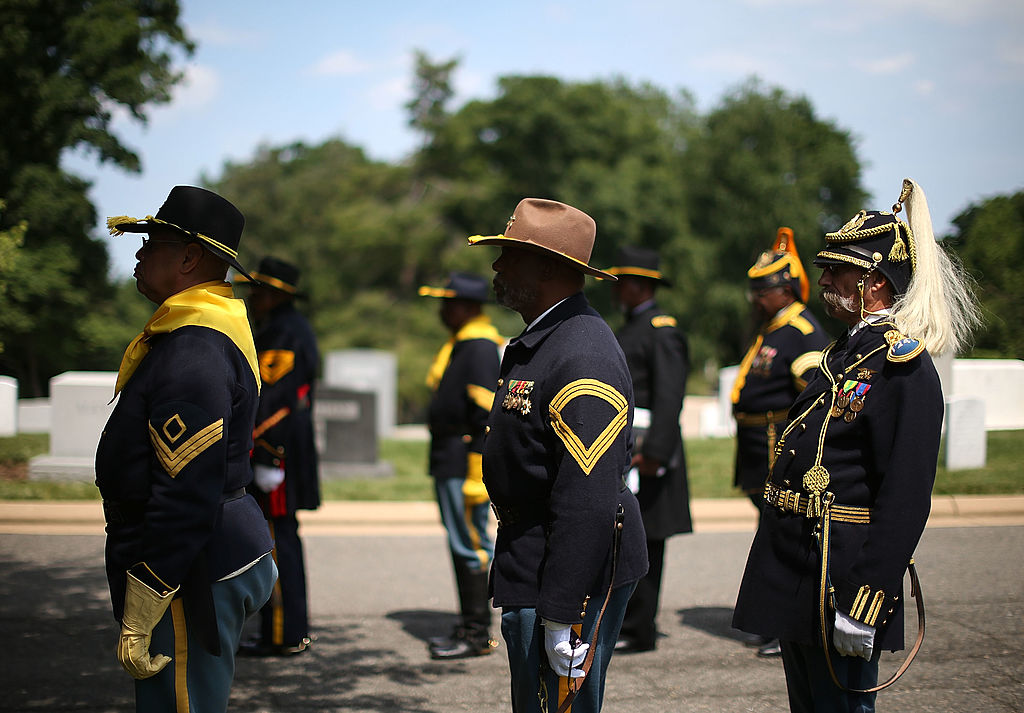Buffalo Soldiers, like their white counterparts in U.S. Army regiments, were among the first park rangers to patrol the West.
In 1866, Congress created six segregated regiments which were soon consolidated into four black regiments: the 9th and 10th Cavalry and the 24th and 25th Infantry.
Between 1891 and 1913, the U.S. Army was the designated administrator of Yosemite National Park and Sequoia National Park, and the men watching the park and to keep it safe were known as the Buffalo Soldiers.

Approximately 500 Buffalo Soldiers served in Yosemite National Park and nearby Sequoia National Park with duties from evicting poachers and timber thieves to extinguishing forest fires. Their noteworthy accomplishments were made despite the added burden of racism.
“African American soldiers in 1899, 1903, and 1904 were some of the first park rangers in the world, not just in the United States,” Shelton Johnson, a Yosemite park ranger who has committed himself to preserving and sharing the history of African American stewardship within the national parks through decades of work, told CN Traveler. “It makes sense why African Americans would join the army—because that was a path up and a path out,” Johnson adds.
According to Johnson, Charles Young is widely considered to have been the first-ever African American superintendent of a national park. It was under his leadership that the infrastructure of trails, paved roads, and bridges, some that we still use today, were created.

“Charles Young was not really well known, even to African Americans, even though he should have been and would have become if America had been a better country 100 years ago,” Johnson says.
Despite his leadership, African Americans are still underrepresented as park rangers. A 2008-2009 National Park survey found that at least 80 percent of its approximately 22,000 employees, including park rangers, are white.
